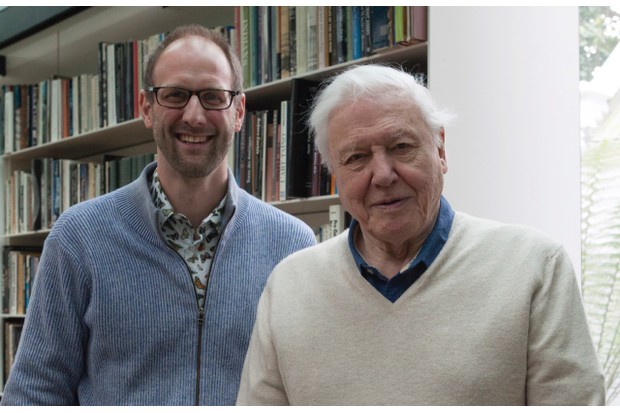Spot a painted lady in August and you’re witnessing a tiny part of a mammoth multi-generational relay. Last winter painted ladies laid their eggs in the southern desert fringes of North Africa.
These developed into adults that then flew to the Mediterranean in March and early April, and in mid-May their offspring again migrated north – reaching Northern Europe, including Britain and Ireland. At the end of summer, their progeny will in turn depart south en masse to restart the cycle in Africa.
“The painted lady is hard-wired to migrate,” explains Richard Fox of Butterfly Conservation. “It’s not hardy, so can’t survive winters in Northern or Central Europe by hibernating. Instead it has to fly south. And at any time of year somewhere in its range there will be adults laying fresh eggs.”
Painted ladies arrive in Britain and Ireland annually, but numbers vary enormously. The last huge influxes were in 2009 and 1996. Experts began predicting that 2015 would be another bumper year when sightings around the Mediterranean surged this spring – but the hoped-for deluge failed to materialise. “We still don’t fully understand what factors drive the population cycle,” Fox admits.
But one enduring mystery has been solved – how painted ladies manage their epic southbound journey. In September 2009 the specialised entomological radar at Rothamsted research station in Hertfordshire tracked swarms of them heading south at an altitude of 400–500m. “It seems they can sample the speed and direction of airflow at different heights to select the best tailwind,” says Fox.
